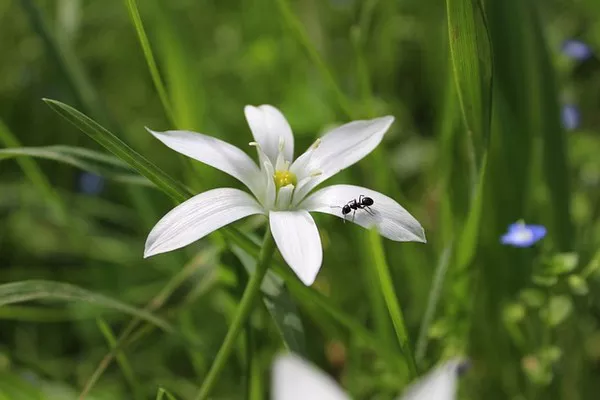Powdery mildew, a common fungal disease affecting a wide range of plants, can be a nuisance for gardeners and farmers alike. Recognized by the distinctive white powdery substance on leaves, stems, and sometimes flowers, powdery mildew can hinder plant growth and reduce overall yield. Fortunately, with proper knowledge and timely intervention, managing and treating powdery mildew can be achieved effectively. This article will explore various strategies to combat powdery mildew and ensure the health of your plants.
Identification of Powdery Mildew
Before delving into treatment options, it is crucial to accurately identify powdery mildew. Commonly affecting plants like roses, cucumbers, zucchini, and grapes, this fungal disease thrives in warm and dry conditions. Early signs include white, powdery spots on the upper surfaces of leaves, which can eventually spread to cover the entire plant. Timely detection is key to preventing the spread of the disease.
1. Cultural Practices for Prevention
Prevention is often the most effective strategy against powdery mildew. Implementing good cultural practices can create an environment less conducive to the growth and spread of the fungus. Adequate spacing between plants promotes air circulation, reducing humidity and inhibiting powdery mildew development. Additionally, watering plants at the base and avoiding overhead irrigation minimizes moisture on foliage, creating an inhospitable environment for the fungus.
2. Neem Oil as a Natural Fungicide
Neem oil, derived from the seeds of the neem tree, has proven to be an effective and eco-friendly treatment for powdery mildew. Its antifungal properties disrupt the life cycle of the fungus, preventing its growth and reproduction. Dilute neem oil with water according to the manufacturer’s instructions and apply it to the affected plants. Regular applications every 7-14 days, especially during the early stages of infection, can significantly reduce powdery mildew symptoms.
3. Baking Soda Spray
A simple yet effective remedy for powdery mildew involves using a baking soda spray. Baking soda alters the pH of the leaf surface, creating an environment unfavorable for the fungus. To prepare the spray, mix 1 tablespoon of baking soda, 1 teaspoon of liquid soap, and 1 gallon of water. Apply the solution to affected plants, ensuring thorough coverage. Repeat the application every 7-10 days until the symptoms subside. However, be cautious not to use excessive amounts, as it may lead to leaf burn.
4. Milk as a Fungicidal Treatment
Milk, with its natural antifungal properties, can be a surprising yet effective treatment for powdery mildew. The exact mechanism is not fully understood, but studies suggest that milk’s proteins may inhibit the development of the fungus. Mix one part milk with nine parts water and spray the solution on affected plants. Regular applications, preferably every week, can help control powdery mildew. This method is not only cost-effective but also environmentally friendly.
5. Fungicidal Soaps
Commercially available fungicidal soaps are another option for managing powdery mildew. These soaps work by disrupting the cell membranes of the fungus, ultimately leading to its demise. Ensure the product is labeled for the specific plants you are treating and follow the recommended application instructions. Fungicidal soaps are particularly effective when applied early in the disease’s progression.
6. Select Resistant Plant Varieties
Planting resistant varieties is a proactive approach to powdery mildew management. Many plant breeders have developed cultivars with increased resistance to fungal diseases, including powdery mildew. When selecting plants for your garden or farm, consider choosing varieties that are labeled as resistant to powdery mildew. While this does not eliminate the risk entirely, it can significantly reduce the likelihood and severity of an outbreak.
See Also How Do You Plant Succulents
Conclusion
Powdery mildew may pose a threat to your plants, but with the right strategies, you can effectively manage and treat this common fungal disease. From cultural practices that create an unfavorable environment for the fungus to natural remedies like neem oil, baking soda, and milk, there are various options available to suit your preferences and gardening philosophy. Regular monitoring of your plants, timely intervention, and a combination of preventive measures will contribute to a thriving garden or farm, free from the hindrances of powdery mildew. By incorporating these strategies into your plant care routine, you can enjoy healthy and vibrant vegetation year-round.


